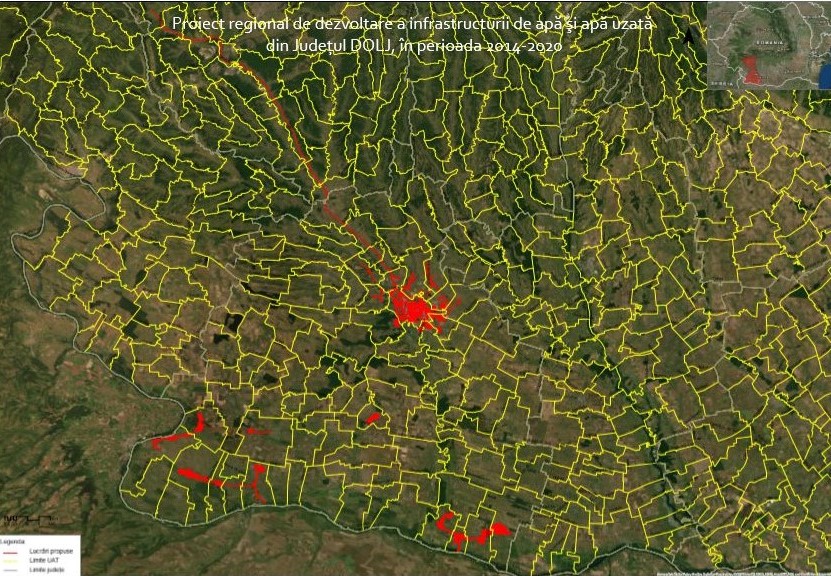This EU-funded project transforms the once barren wasteland of the Vřesůvka and Malý potůček rivers in the Czech Republic’s Central Moravia region into a diverse, lush wetland for the entire community to enjoy.
From wasteland to wetland in the Czech Republic’s Central Moravia region
- 23 November 2017
I know that this is a small project and that it alone cannot save us from consequences of climate change. But if all communities have at least one such place in their neighbourhood, we could significantly limit the impact of flooding and droughts. In the time of climate change, this is exactly what we need.
What was not long ago a barren, polluted wasteland is today a lush marshland full of reeds, grasses and trees. This transformation of the 300 meter stretch along the confluence of the Vřesůvka and Malý potůček rivers in the Czech Republic’s Central Moravia region is the result of a concrete effort by local authorities and NGOS to create bot a new recreational area for local citizens a sustainable flood control system for the region.
Today, thanks to this ERFD-funded initiative, instead of floods and empty spaces, visitors now see families picnicking on the riverbanks, people skating on the paved walkway and animals scurrying through the plants.
Back on course
As the two rivers’ natural courses were disrupted, there were negative consequences to the surrounding biodiversity and water quality. Thus, first and foremost, the project was designed to restore the natural characteristics of the water course. This involved digging out various depth pools in the rivers themselves and making alterations to the shape of the river channels. The surrounding floodplain was then restored as a mosaic of forests, meadows and wetlands using native plants that naturally helped prevent erosion and improved soil quality.
Many benefits
The project helped improved the quality of the river water by establishing gravel-lined flow-through pools. These pools act as natural water treatment facilities, with the gravel and reeds filtering out such waste as that coming from an upstream hog farm.
The project work is also having a positive impact on climate change, as the restored floodplain helps retain water for a longer period of time following precipitation. This means more water filters into the groundwater reservoirs, preventing local household wells from drying out, leading to people driving to the store to purchase plastic bottles of water.
Last but not least, there’s the benefit of increased recreational spaces for local inhabitants. The entire area is freely accessible and includes a bike and walking path.
A living complex
Already, changes can be seen. For example, during the dry season the area maintains its wetland character. This in turn has triggered an increase in the wildlife that call the wetlands home. In fact, new species of birds, beaver, frogs and fish that were not present before the project’s work are now common sights.
In the end, in place of the low-quality arable land that once defined this natural area, today there is a living complex of wetlands, forests, meadows and recreation.
Total investment and EU funding
Total investment for the project “Revitalization of Confluence Vřesůvka And Malý Potůček” is EUR 68 746 with the EU’s European Regional Development Fund contributing EUR 65 309 through the “Czech Republic – Environment” Operational Programme for the 2007-2013 programming period.

